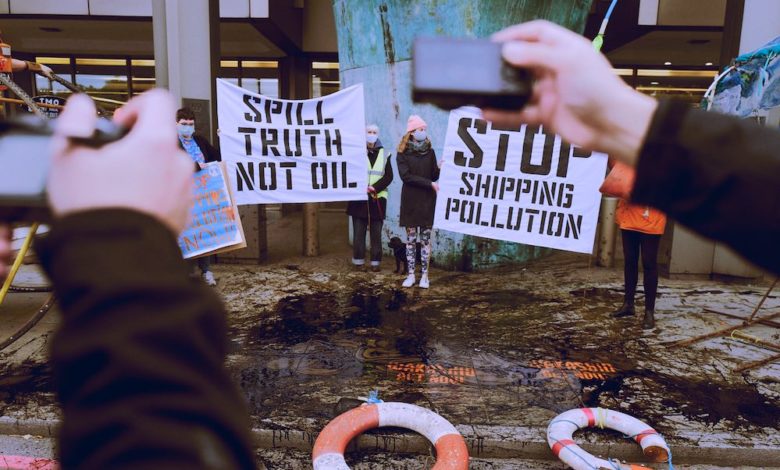Shipping’s environmental priorities this year

Dr Simon Bullock writes for Splash today, with analysis from researchers at the Tyndall Centre, University of Manchester, on shipping’s green goals in 2024.
2023 was a year of savage and unrelenting climate disasters, further reinforcing the increasingly urgent need for far greater action to cut global greenhouse gas emissions. This was acknowledged at December’s United Nations Climate summit COP28 in Dubai, which signalled for the first time the need for the “end of the fossil fuel era”.
This has big implications for the shipping sector – as a third of the goods it transports are coal, oil and gas, and because it relies almost entirely on fuel oils as an energy source. The sector has already recognised it needs to do more – the International Maritime Organization (IMO) set a new climate strategy last summer, strengthening its previous targets. However, although some commentators hailed this strategy as a monumental achievement, others argued it was still insufficient. Two key questions therefore remain. First, are these new targets strong enough for the sector to play its fair part in meeting globally agreed climate goals? Second, how quickly does the sector need to act?
New research from the University of Manchester addresses these questions. The new IMO strategy sets “indicative checkpoint” and “strive” targets for 2030 and 2040, on a pathway to zero emissions by around 2050. Our research concludes that the checkpoint targets of 20% cuts by 2030 and 70% by 2040 are not sufficient, but, under generous assumptions, the “strive” targets of 30% reductions by 2030 and 80% by 2040 are compatible with the Paris goal to prevent global heating exceeding 1.5°C. These strive targets should be considered the minimum level of ambition for the sector.
The research also concludes that any further delay in cutting shipping emissions would push compatibility with 1.5°C out of reach. Therefore, it is actions to cut emissions this decade that must be prioritised. It is imperative that policy makers and the industry focus on accelerating deployment of known technologies and practices to meet at least the “strive” goal of a 30% cut by 2030. This is only six years away, and will require all hands on deck to achieve.
For the IMO, there are two clear priorities. First, to tighten the Carbon Intensity Indicator (CII) targets to be in-line with absolute cuts of at least 30% by 2030, and strengthening CII enforcement and compliance mechanisms. Second, agreeing as soon as possible a strong 1.5°C compatible global carbon price on carbon in fuels, which increases over time, with revenues used to ensure a just shipping transition is possible for developing nations.
But because IMO processes are slow, complementary actions are essential from national and regional policy makers, and industry itself, to accelerate and broaden initiatives and policies already agreed.
For industry, although deployment of new low-carbon fuel sources is imperative, this will largely deliver emissions reductions in the decade 2030-2040. To meet the 2030 target, it is operational and efficiency measures on the existing fleet that matter most. Collaboration between container companies and cargo owners is needed to lower speeds. Archaic chartering practices need overhauling, to eradicate the practice of “sail fast then wait”, as advocated by the Blue Visby Consortium. Wind propulsion retrofits are deployable now, can deliver emissions cuts averaging around 17% in combination with route optimisation, and need far more rapid roll-out.
Finally, national and regional policy makers can complement IMO actions. The EU has led the way with its inclusion of maritime in the EU ETS, and the broader FuelEU package. But nation states can act as well. One strategy to look out for is the imminent revision of the UK’s Clean Maritime Plan. The UK was one of the “high-ambition” advocates last summer at the IMO – their new domestic strategy should commit to higher 2030 targets than the global average, alongside strong new policies.
2023 was the year the shipping sector agreed new targets. 2024 is the year it needs to start bringing its emissions down, and fast.
